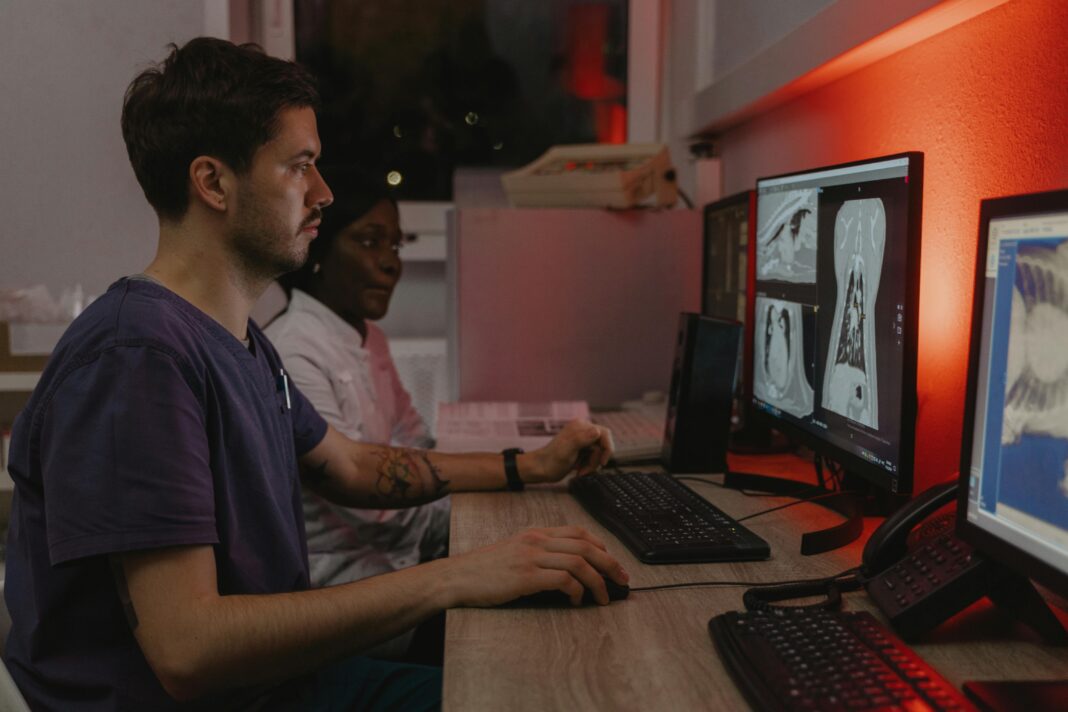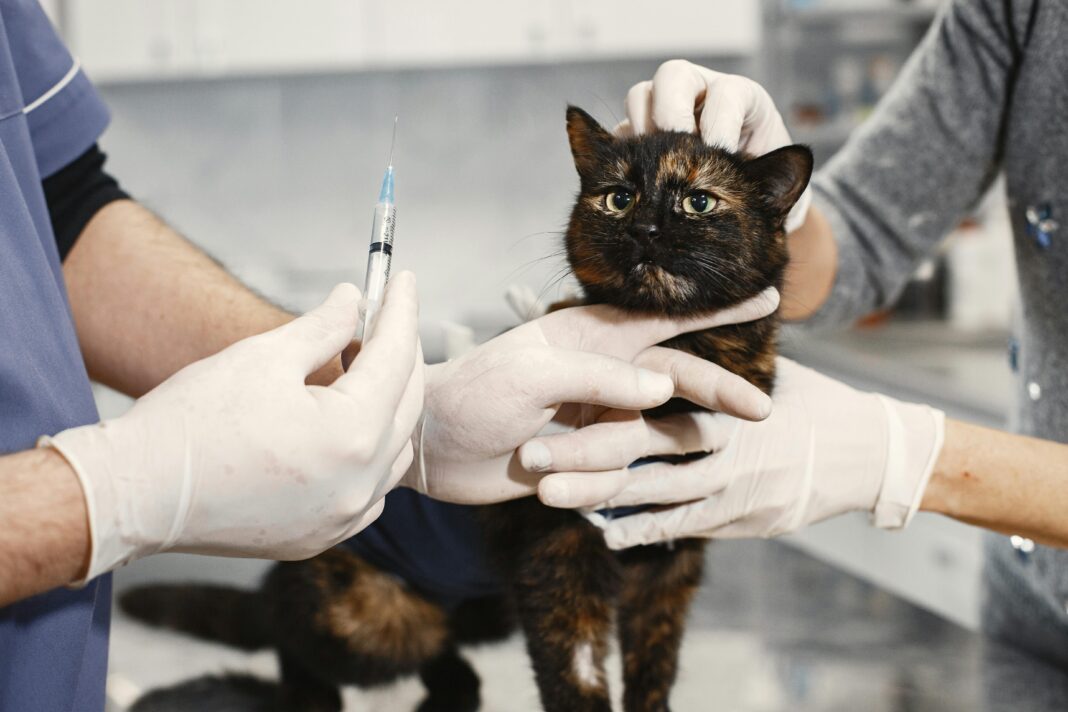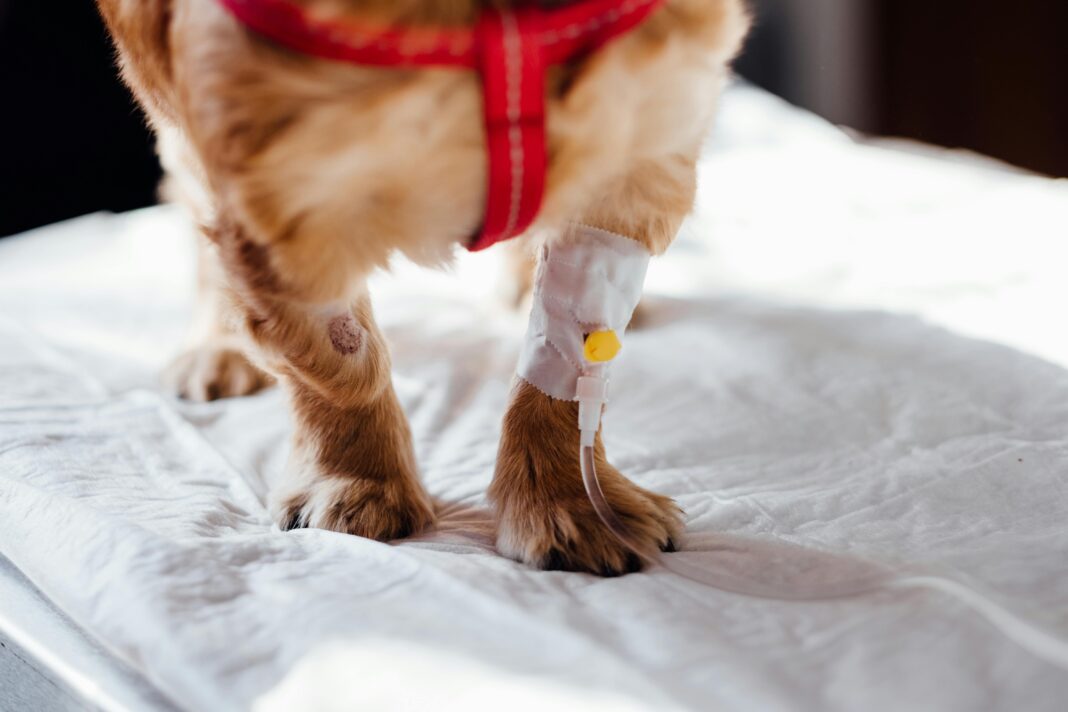When it comes to our furry companions, ensuring their health is a top priority. Advanced imaging technologies in veterinary medicine play a crucial role in diagnosing and monitoring pet health. These modern techniques provide invaluable insights that help pet owners and veterinarians make informed decisions about treatment and care.
Understanding Advanced Imaging Techniques
What is Advanced Imaging?
Advanced imaging refers to the use of sophisticated technologies to create detailed images of the internal structures of animals. Unlike standard X-rays, these techniques provide a comprehensive view of organs, soft tissues, and bones, enabling veterinarians to diagnose conditions more accurately.
Common Advanced Imaging Techniques
- Ultrasound
- Uses sound waves to produce images of organs and structures within a pet’s body.
-
- Commonly used to assess abdominal conditions, monitor pregnancies, and evaluate organ function.
- Computed Tomography (CT)
- Utilizes X-ray equipment and computer technology to generate cross-sectional images of the body.
-
- Ideal for detecting tumors, fractures, and other complex issues.
- Magnetic Resonance Imaging (MRI)
- Uses powerful magnets and radio waves to create detailed images of soft tissues.
-
- Particularly useful for neurological issues, joint problems, and spinal conditions.
The Importance of Advanced Imaging in Pet Health
Accurate Diagnosis
Advanced imaging allows veterinarians to obtain a precise understanding of a pet’s health issues. For instance, an ultrasound can show a veterinarian the size and structure of organs, highlighting any abnormalities such as tumors or fluid accumulation.
Early Detection
Many conditions, such as cancers or congenital abnormalities, may not show noticeable symptoms in the early stages. Advanced imaging can help detect these complications before they become severe, leading to better treatment outcomes. Regular imaging can be particularly beneficial in aging pets who may be more susceptible to health issues.
Non-Invasive Procedures
Many advanced imaging techniques, like ultrasound and MRI, are non-invasive. This means they can be performed without the need for incisions or surgeries, reducing stress for pets and speeding up recovery times.
Recognizing Symptoms That May Require Advanced Imaging
Pet owners should be vigilant for signs that could indicate a deeper health issue. Some symptoms that may warrant advanced imaging include:
-
- Persistent Vomiting or Diarrhea: This might indicate gastrointestinal issues requiring an ultrasound.
-
- Sudden Weight Loss: Could signal underlying health problems, prompting the need for imaging to assess organ health.
-
- Limping or Difficulty Moving: This could indicate joint or ligament issues where CT or MRI scans may be necessary.
-
- Seizures: A concerning sign that warrants neurological evaluation via MRI.
The Diagnostic Process: What to Expect
Initial Consultation
If an advanced imaging procedure is recommended, the process typically starts with a thorough examination. Your veterinarian will review your pet’s medical history and perform a physical exam, discussing any symptoms you’re observing.
Referrals to Specialists
In some cases, your veterinarian may refer you to a veterinary imaging specialist. These professionals have specific training and expertise in advanced imaging techniques, ensuring that your pet receives the best possible care during the process.
Imaging Procedure
Once scheduled, advanced imaging procedures may require some preparation. For instance, pets may need to fast for a certain period before an ultrasound. During the procedure, pets are often sedated to ensure they remain still for accurate results.
Follow-up and Interpretation
After the imaging is completed, the specialist will analyze the images and report back to your veterinarian, who will discuss the findings with you. This collaborative approach ensures that you understand your pet’s condition and the next steps in their care.
Treatment Options Following Advanced Imaging
Once a diagnosis is established, treatment options may vary widely depending on the findings. Some common treatments include:
-
- Medication: Prescribing medications to manage pain or treat infections.
-
- Surgery: In cases of tumors or significant injuries, surgical intervention may be necessary.
-
- Physical Therapy: For musculoskeletal issues, rehabilitation techniques can aid recovery.
-
- Monitoring and Regular Check-ups: Some conditions may require ongoing imaging or evaluations to track progress.
Tips for Pet Owners
-
- Stay Informed: Learn about different imaging techniques and their purposes. This knowledge can help in discussions with your veterinarian.
- Observe Changes: Keep a journal of your pet’s behavior and health changes. These notes can provide useful information for your vet during consultations.
- Ask Questions: Don’t hesitate to ask your veterinarian about the imaging process, the results, and available treatment options.
- Regular Check-ups: Ensure your pets have regular veterinary visits, especially as they age. Early detection through regular assessments can lead to prompt treatment.
- Consider Pet Insurance: Advanced imaging can be expensive. Pet insurance can help offset costs, making necessary diagnostics and treatments more accessible.
Conclusion
Advanced imaging in veterinary medicine is revolutionizing the way we diagnose and treat our pets. By providing clear, detailed insights into their health, these technologies enhance our ability to care for our furry friends. As pet owners, being proactive about our pets’ health can lead to happier, healthier lives together. Always consult your veterinarian to understand the best options for your pet’s unique health needs.





